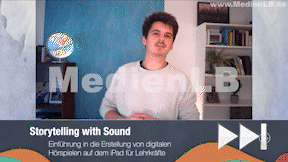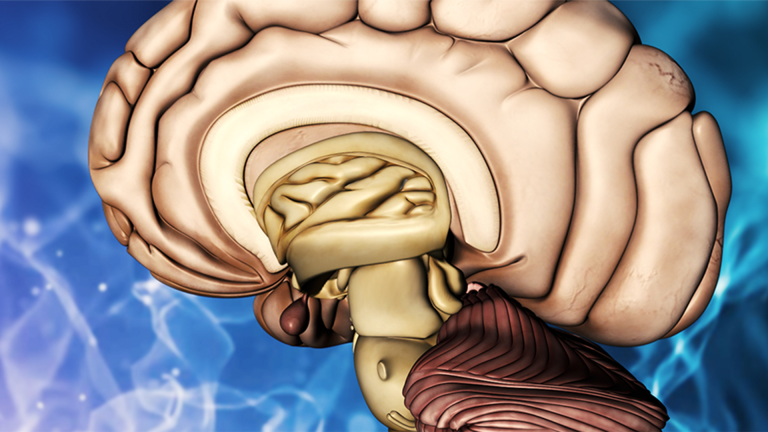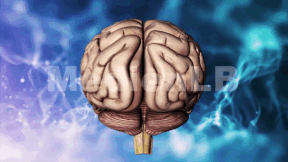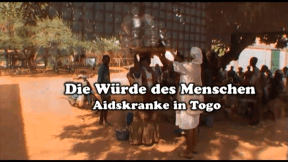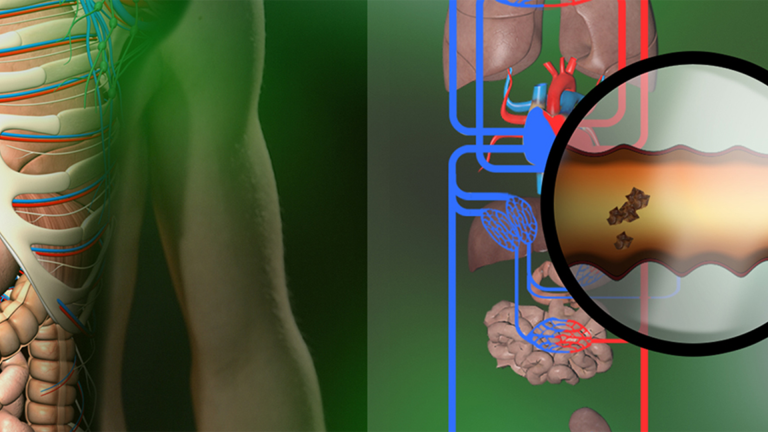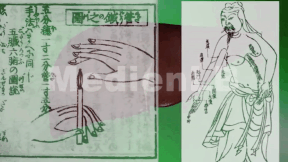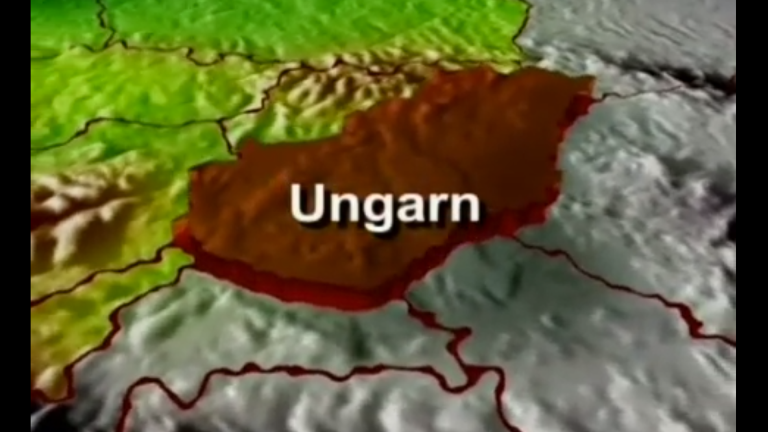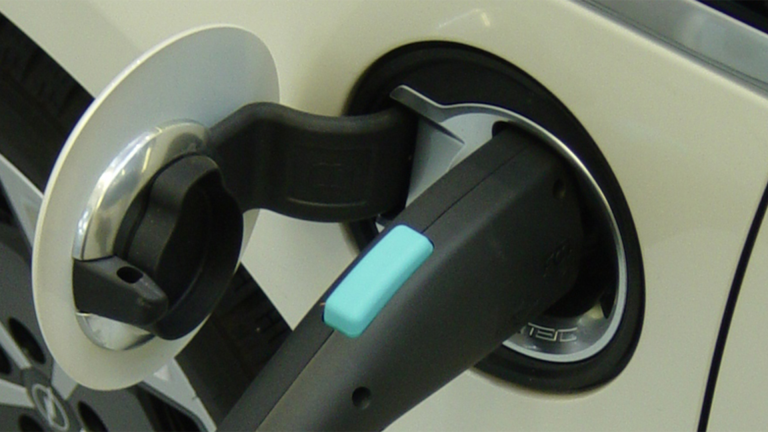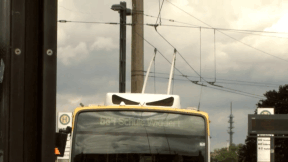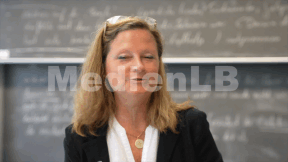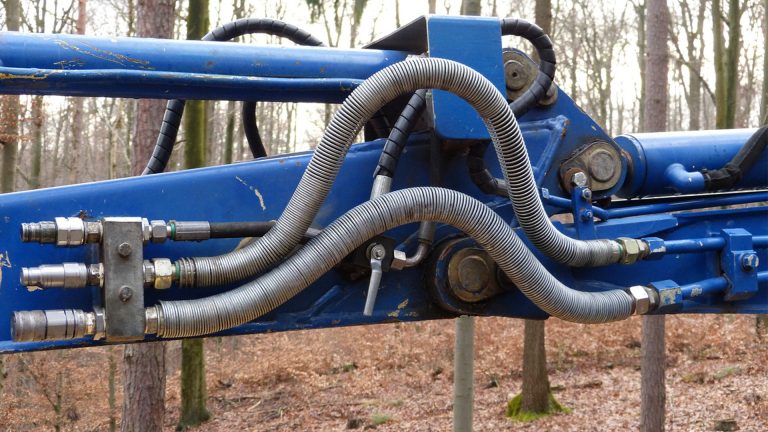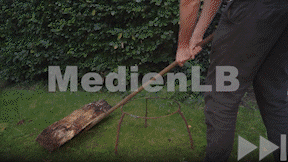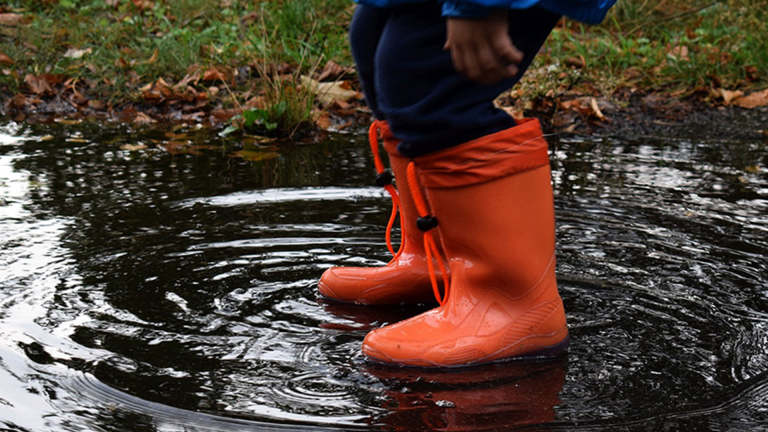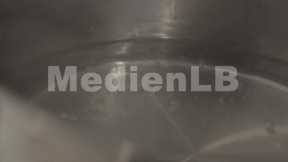Suche:
- # Artistry
- # Biology
- # Chemistry
- # Ecological
- # Economy
- # English
- # Foreign Language
- # Geography
- # German
- # Health
- # History
- # Informatik
- # Latin
- # Mathematics
- # Media Education
- # Music
- # Physics
- # Politics / Civics
- # Preschool
- # Primary School
- # Religion
- # Society
- # Sports
- # Technology
- # Training of Teachers
- # Vocational Education
Hörspiele mit GarageBand
Mit der Software GarageBand lassen sich im Handumdrehen tolle Soundeffekte erzielen
Learn moreHuhn und Ei
Erstaunliche Zahlen im Zeitalter der Vogelgrippe: Über 18 Milliarden Eier werden jährlich in Deutschland verzehrt und über 10 Kilo Geflügelfleisch landen durchschnittlich im Magen eines jeden Bürgers. „Schau Dich schlau!“ widmet sich heute einer der leckersten Erfindungen der Natur: dem Ei und dem Huhn.
Learn moreHuman Brain
Every organism, no matter whether it is an earthworm, a snail, a fish or a human being, takes in information from the environment through differently structured sensory organs. This was absorbed first by a diffusely organised nervous system, which, in the course of evolution, has been replaced by a hierarchically organised one. Eventually a controlling centre has developed that interconnects and coordinates the nerve impulses supplied by receptors, reacts appropriately and is called the brain. In more highly developed organisms a part of the body has developed into a head, in parallel to the development of the brain.
Learn moreHuman Dignity
This is Albertine. She is seven years old. Three years ago, she lost her mother and has lived with her grandmother ever since, her father has left them. Every noon she comes to have lunch in the ward. The girl seems to feel her strength ebbing away and has decided not to talk anymore. The children at this stage believe that the grown-ups can prevent death but see that they're not doing so. Thus, they seal themselves off and retreat into their own world. And when this happens, Sister Marie Stella and her team prepare the children for death, just as they do with the grown-ups. Albertine was allowed to chose a dress from the dressmakers for the Christmas celebration.
Learn moreHuman Liver
Normally you do not feel it, it does not beat like the heart, neither can we feel it like the lungs when we breathe in and out – nevertheless, it is one of our most important organs: the liver.
Learn moreHuman Lung
Only rarely do we notice that we need them: our lungs. Mostly, we breathe unconsciously and shallowly – especially if we have a sitting job.
Learn moreHungary
This DVD offers a clearly structured overview covering the following aspects: Situation in Europe, size and population, landscapes (Little and Great Hungarian Plains, Puszta), watercourses (Rába, Danube, Lake Neusiedl, Lake Balaton), mountains (Bakony Forest, Mecsek, Matra, Bükk), the climate, history (overview up to today’s system of government, national rebellion of 1956, change of system in 1987), traffic, transportation and infrastructure, economic structure, agriculture (winegrowing, fishing, cattle-breeding), industry, mining and energy supply, Audi Hungaria factory, tourism, major cities and sights (Feste- tics Palace, Sümeg Castle, baroque castle of Esterház in Fer- töd, Benedictine archabbey of Pannonhalma, Szeged, Pecs, Debrecen, Eger), capital of Budapest, traditions, religion, food and drink, language, culture and music. High-quality film clips and aerial shots, animated maps, historical film scenes as well as original sound interviews give the pupils a comprehensive overview of the country and its people.
Learn moreHunters and Hunted
The African night is not for sleeping. A lot is going on there. The hunters are lying in ambush and the preys are on alert. Predators are mammals. Scientifically they are called carnivores. But other predatory vertebrates such as cats, jackals, hyenas and crocodiles are colloquially termed »predators«. They feed on meat but are not very selective in doing so. As they are not specialised in one type of animal but eat all vertebrates as well as carrion, they are called opportunistic feeders, which means they target the food that is easiest for them to catch, in the shortest time and with minimum energy input.
Learn moreHybrid Drives
When Lena goes through the city centre by car, she has to be particularly careful, because her car is almost inaudible and therefore pedestrians often hear it just in the nick of time. For in the city centre, her car is powered by electricity. The power is provided by a strong battery in the boot.
Learn moreHybrid- und Distanzunterricht
Das Jahr 2020 stand im Zeichen der Coronakrise und mit ihr musste die Schule gleichsam über Nacht digital werden. Die verschiedensten Modelle von Hybrid- und Distanzunterricht wurden in Rekordzeit entwickelt und gleichzeitig bereits in der Praxis erprobt.
Learn moreHydraulische Systeme
Hydraulik ist eine Technik, die Flüssigkeiten zur Kraftübertragung verwendet. Im Alltag ist diese Technik nicht wegzudenken – von der Servolenkung eines Autos bis zur Hebebühne in der Werkstatt.
Learn moreHydrological Cycle
Water is the source of life because life on our Earth originated in, more precisely, under the water. Water is essential for animals, plants and for us humans. Without water survival is impossible. Pure water is transparent, it smells and tastes of nothing. But where does the water come from? Where does it flow? And what happens to the water we do not use?
Learn more




